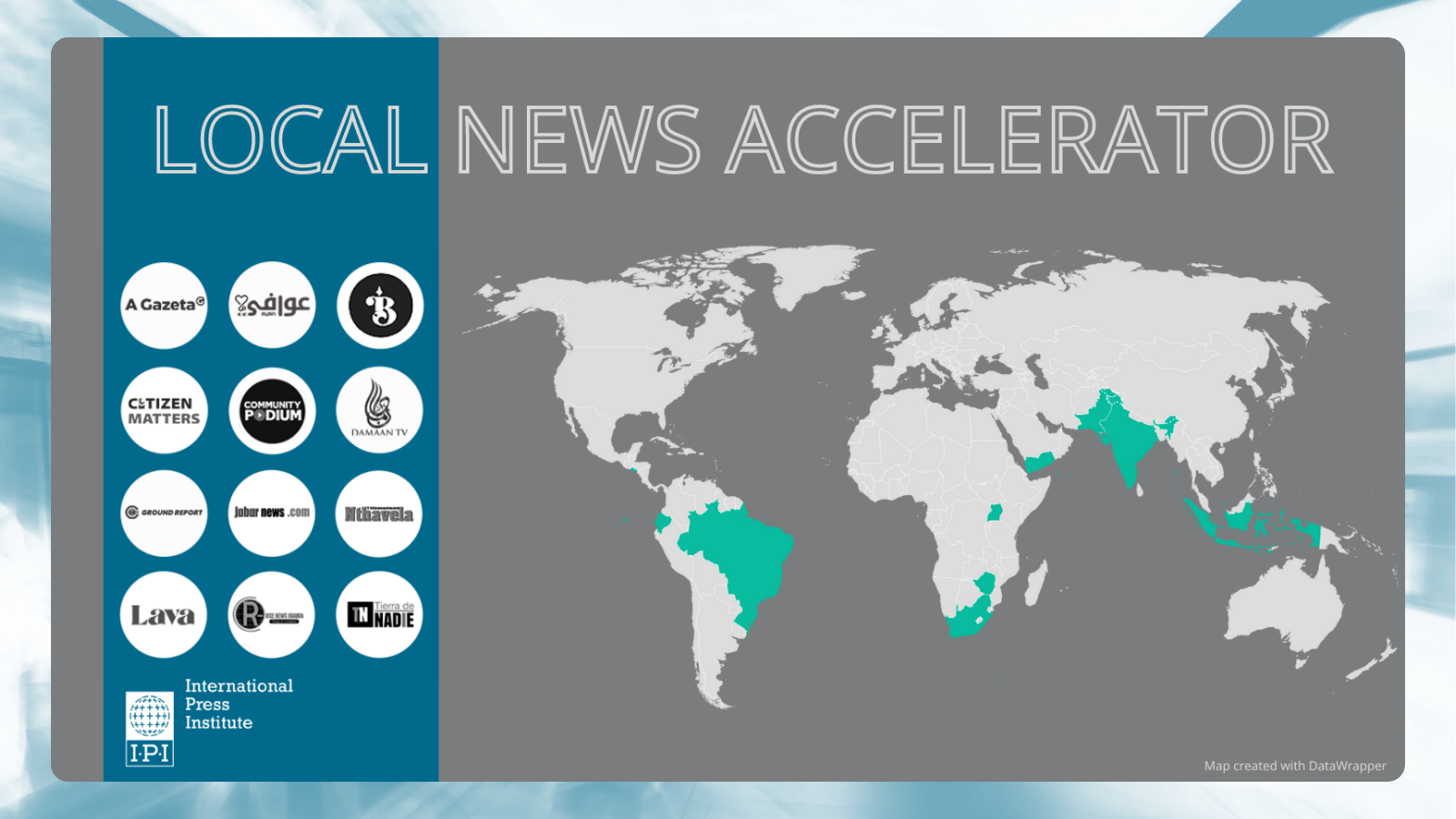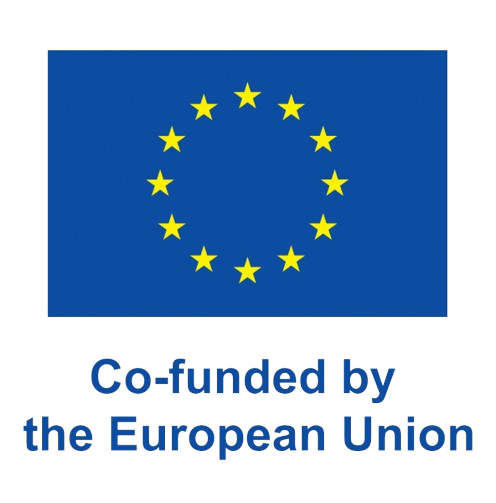This text comes from IPI’s newsletter The Outlook. Click here to sign up to receive future editions directly to your inbox.
|
|
|
[imageframe lightbox=”no” lightbox_image=”” style_type=”none” hover_type=”none” bordercolor=”” bordersize=”0px” borderradius=”0″ stylecolor=”” align=”center” link=”” linktarget=”_self” animation_type=”0″ animation_direction=”down” animation_speed=”0.1″ animation_offset=”” class=”” id=””] [/imageframe]
[/imageframe]
“Technology in journalism as a product, not as a support”, Abraji conference. July 12, 2024. On the left, Paty Gomes, from Jota, and Sergio Spagnuolo, from IPI. Sao Paulo, Brazil, Photo: Emilly Cassiano
Next Step Forward
[imageframe lightbox=”no” lightbox_image=”” style_type=”none” hover_type=”none” bordercolor=”” bordersize=”0px” borderradius=”0″ stylecolor=”” align=”center” link=”https://ipi.media/four-steps-to-sustainability-ipis-local-news-accelerator-catalyzes-product-and-business-development-for-local-media/” linktarget=”_self” animation_type=”0″ animation_direction=”down” animation_speed=”0.1″ animation_offset=”” class=”” id=””] [/imageframe]
[/imageframe]
Innovation Deck
Are you an experienced media professional passionate about driving innovation and sustainability in the media industry? Do you have expertise in fields related to news product development and innovation methods for journalism, along with a desire to coach and advise independent media organizations?
✍️ If so, apply to our programme as a consultant and join us in driving creativity, strategy and positive change! Our programme creates a vibrant space for peer learning and engaging in a community of practice. Consultants will be strategically matched with media tackling challenges in their field of expertise.
Call for Media Consultants |
|---|
| 📍Global Applications are accepted on a rolling basis |
Share your thoughts, reach out to the Media Innovation team
and help us shape our media support programmes! Say hi – [email protected].

